loki100
Posts: 10920
Joined: 10/20/2012
From: Utlima Thule
Status: offline

|
quote:
ORIGINAL: M60A3TTS
One suggestion before summer. Get your fortifications around Moscow up to where you want them, then just before summer go to the production screen and turn down fort production level by units to 25 or 50%. It will cost 100-150 admin points but will save a lot of supplies that will go into forts you won't have as much use for. During the summer if forts by units are left at 100%, in some weeks it can consume more supplies than your entire armaments industry.
good advice, I also tend to run down aircraft production, even with this at 75% you can churn out all the Il2s and fighters that you need. I've a big question to resolve which is where to set up my lines, some are a natural consequence of where I was pushed back to but a single line is no good.
quote:
ORIGINAL: mattp
Great AAR! I think it's smart to protect the pz/mot divisions during blizzard. I know as Russian I go out of my way to attack them mercilessly at every opportunity. I'm not sure I've ever seen them pulled completely and totally out of the line though, so this should be interesting...
When we started we agreed that we could read each others AARs (which is one reason for the map style I use and that this sometimes lags a bit behind the game), so if Vigabrand wants to contribute he's more than welcome.
I don't think there is a normal approach to the problem of using the Pzrs in winter. From my (limited) experience and AARs I think a lot of German players seem to leave 25-30% as a mobile firebrigade (Pelton has argued above Pzr morale recovers relatively easily in April and May), another 25-30% in cities from which they can lash out and generally disrupt the Soviet offensive and the rest tucked away.
Its less obvious at the moment, but Vigabrand has done the second part of this allocation. I've found them in Velikie Luki, Vyazma and in the south, but not the first, so I guess he has the equivalent of maybe 2 corps holding key cities behind the current front lines.
quote:
ORIGINAL: Pelton
...
1000 guard units means little in 42, Corp sure you have to waste a bunch of AP around Moscow to hold it.
If GHC is not pocketing at least 100 divisions in 42 they are toast. that's a 1000 AP or 20 turns of nothing other then buying new divisions to say nothing of merging them.
IF SHC is not buying units like crazy in 42 they are done or GHC is toast. If they buy allot then looking at a draw in most cases.
I'll put my head on the line here and partially disagree with Pelton. I agree about the importance of reserves - my goal is to have a reserve army of around 100 divisions (in effect as 200 brigades for now), about half of them will be used to create the next batch of armies and assigned when the Front command level allows 5 armies and Voronezh Front activates. The other half are to replace expected losses.
But Gds are critical. I think because Pelton only plays from one side he is missing just how critical the NM of 40 is for the bulk of Soviet rifle divisions. Even with mass there is little you can hold and you really can't attack (a stack of 6-7cv is as good as it'll get). You can't compensate by mass corps formation as you need lots of units (you are fighting German MPs as much as their combat values) and its too expensive in terms of admin pts.
Gds are the balance here, they stay at least at 50NM, a stack can easily be over 10cv. If they are tucked far enough back so they can't be pocketed they can feast on over-extended armour or weakly sealed pockets.
Remember in 1942 with the Soviets, apart from at Moscow, you can run as you have no industry to protect. So the run of the mill rifle divisions are speed bumps and the Gds are your only effective force.
quote:
ORIGINAL: Matnjord
From my completely non informed point of view I can only cheer at seeing those map border move forward for once. But of course the prospect of a fully functional panzer force is a scary one, thought I can't help but think that if his infantry gets too battered he will face the same problem that the germans faced in 1943, too few infantry to allow any operational freedom. I also imagine that the average landser must hatting OKH right now.
And it's a nice change of pace from your previous AAR to see so many guard units 
Good job on creating a forward Sevastopol, thought I assume that if he shifted a couple of German divisions (or Manstein, shudder...) he could take it easily?
....
it was oddly fun against SigUp having such a claustrophobic set of battles, I think I could describe the sequence of hexes between the M-V Canal to the Larna in my sleep  . But this is nice too, bit more of a sweep to the proceedings. . But this is nice too, bit more of a sweep to the proceedings.
the new 1.08.03 rules for Gds help, you get '3' victories as the baseline if you use no +1 and mild winter. So its just possible to create GDs off 1 win and no defeat and 4 wins in 1941 is a reasonable threshold.
I think that Soviet propaganda is working overtime on this subject. Images of Panzer crews enjoying life in Berlin (with the wives, girlfriends, boyfriends, pet dogs etc of the landsers) are being dropped nightly from the U2s. Unfortunately the Soviet pilots are careless and drop a few bombs and hand grenades at the same time.
quote:
ORIGINAL: mattp
quote:
ORIGINAL: Matnjord
Is there no possibility that he is holding his panzer back for a big counter-stroke once your units advance too much? You know, give you a bit of the old backhanded blow?
Possibly, but only once January blizzard is over at earliest. Russian CV's are just too high and German too low for any meaningful counterstroke. Too costly for no real gain. Of course, once the blizzard ends a full fledged assault could come more quickly than would otherwise be the case....
big fear of mine. I have lots of the long range recon deployed and am taking heavy losses to keep an eye out for anything too suspicious. I'm holding back in a couple of places where the terrain could produce an easy pocket (esp in the S Dneipr region) till I have a decent reserve army to mean any pocket will be hard to seal. I think mattp is right, this won't happen till Feb and in March you have the constant problem of blizzard shifting to snow with all the problems that can bring.
As with my comment above, I need to think about where to place my first defensive line. Since I am really attacking for Gds and to damage German morale, I'm not tempted into over-extension (though of course its always nice to gain those last few conversions). I'll also use most of the Abn brigades that arrive in late 1941 as the basis for more Gds divisions so that eases the pressure for battlefield promotions.
_____________________________
|
 Printable Version
Printable Version





































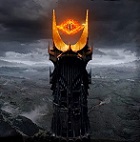

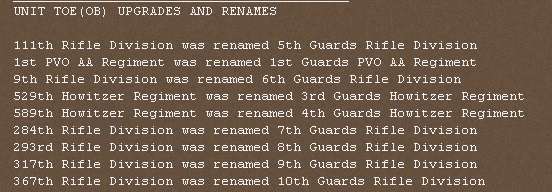
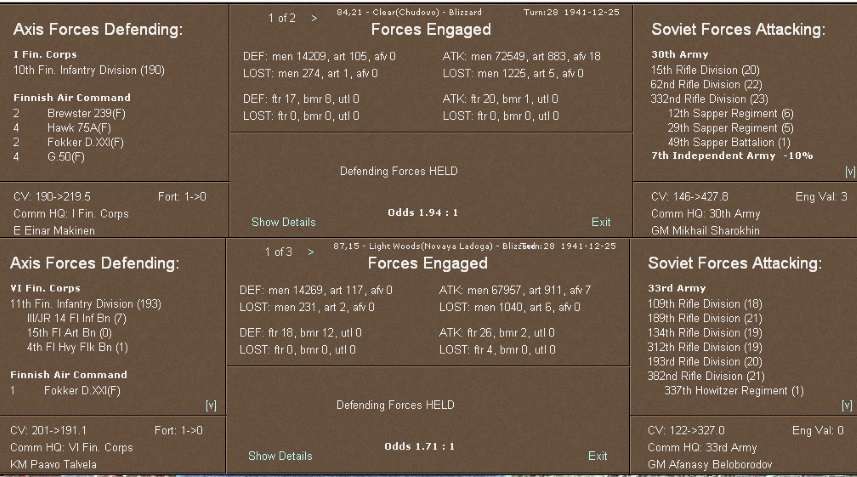

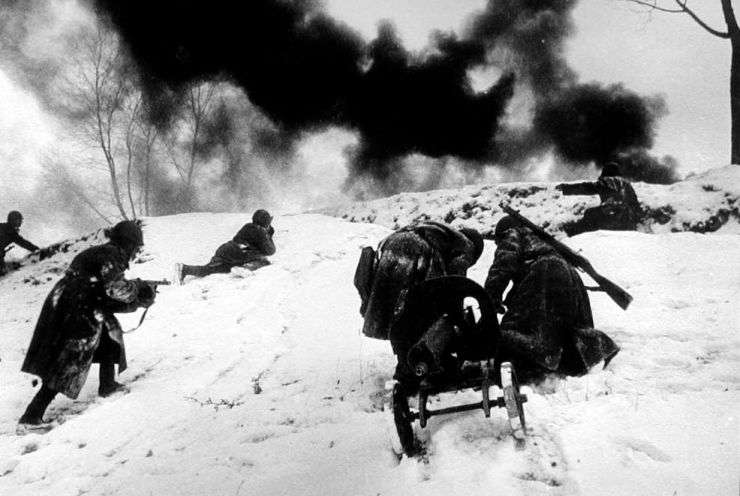
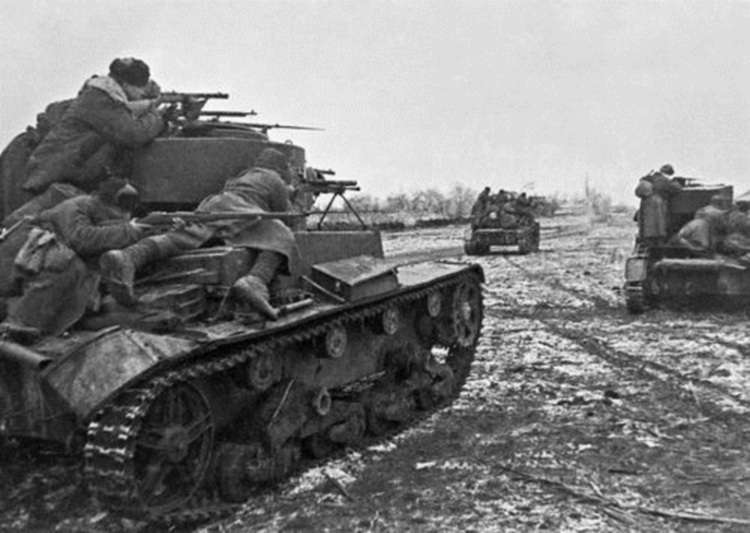
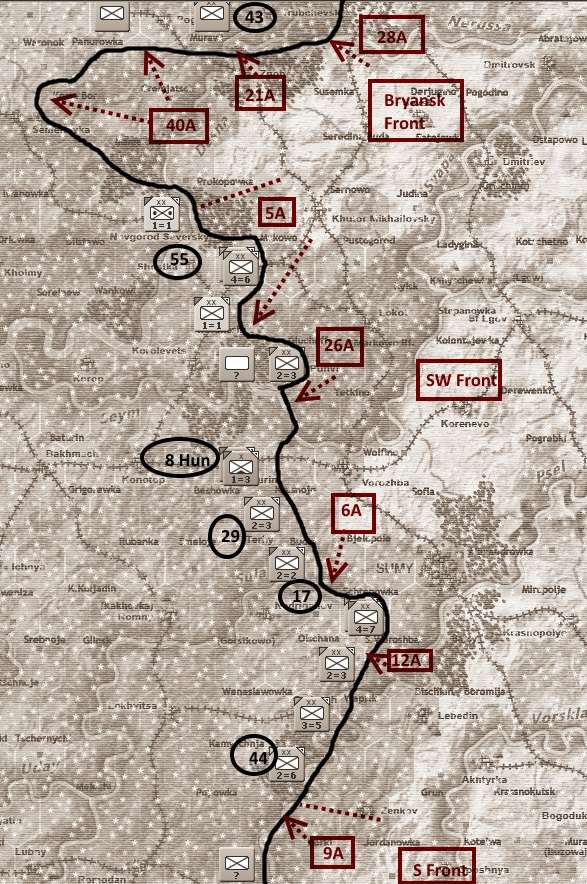
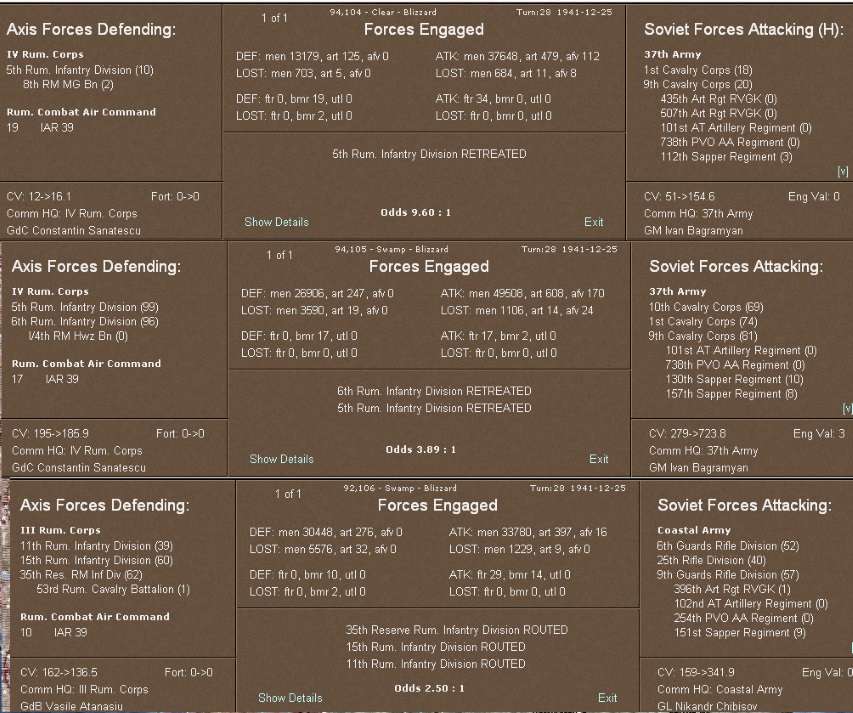

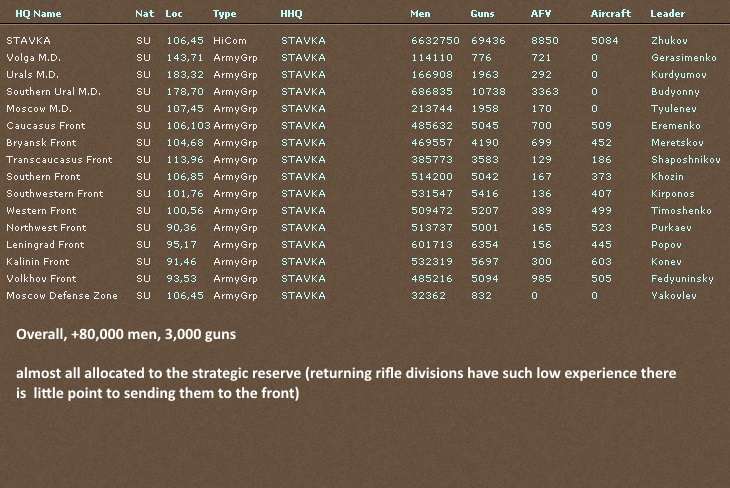
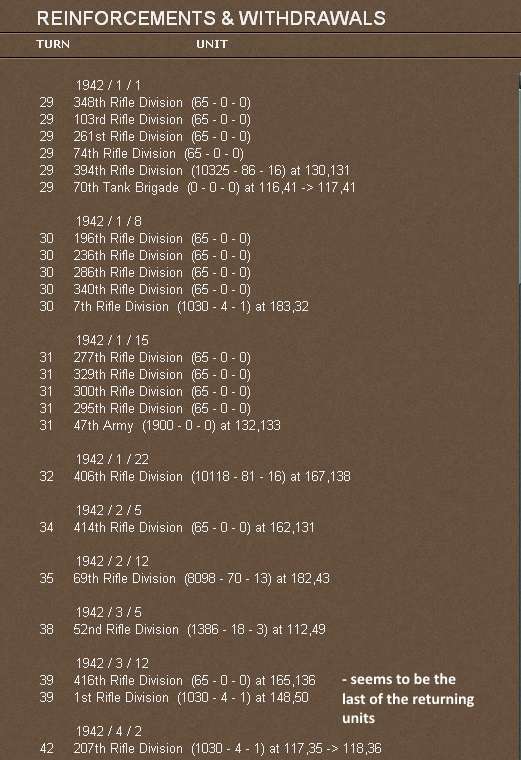

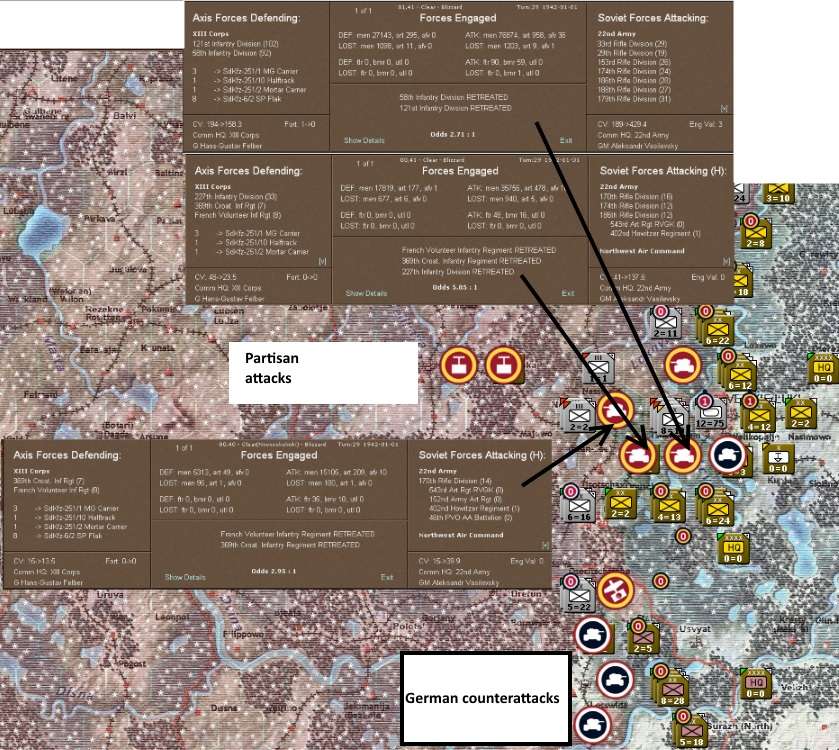
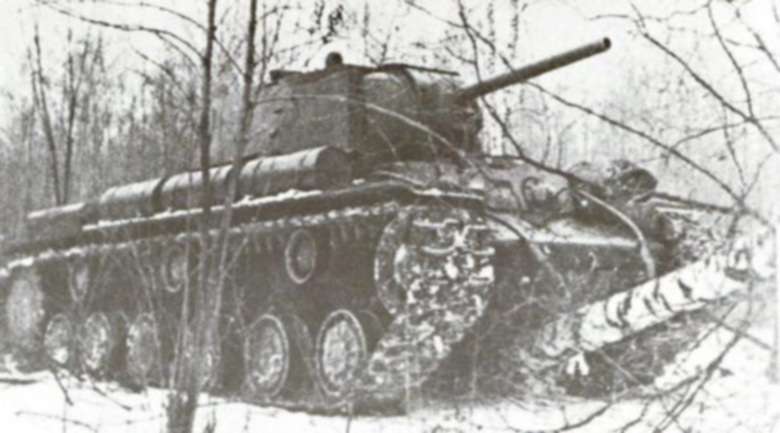

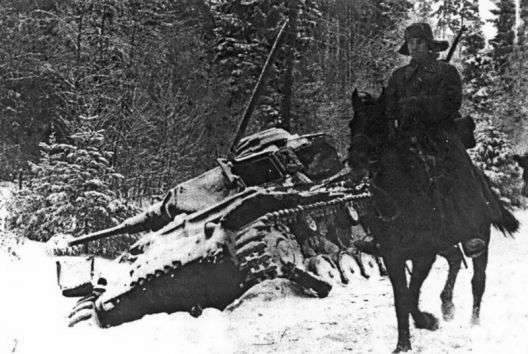
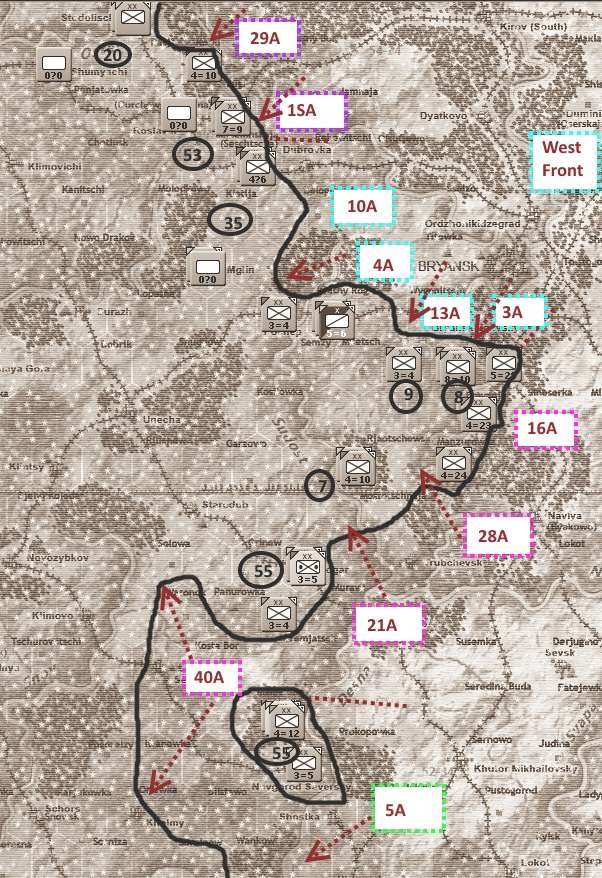

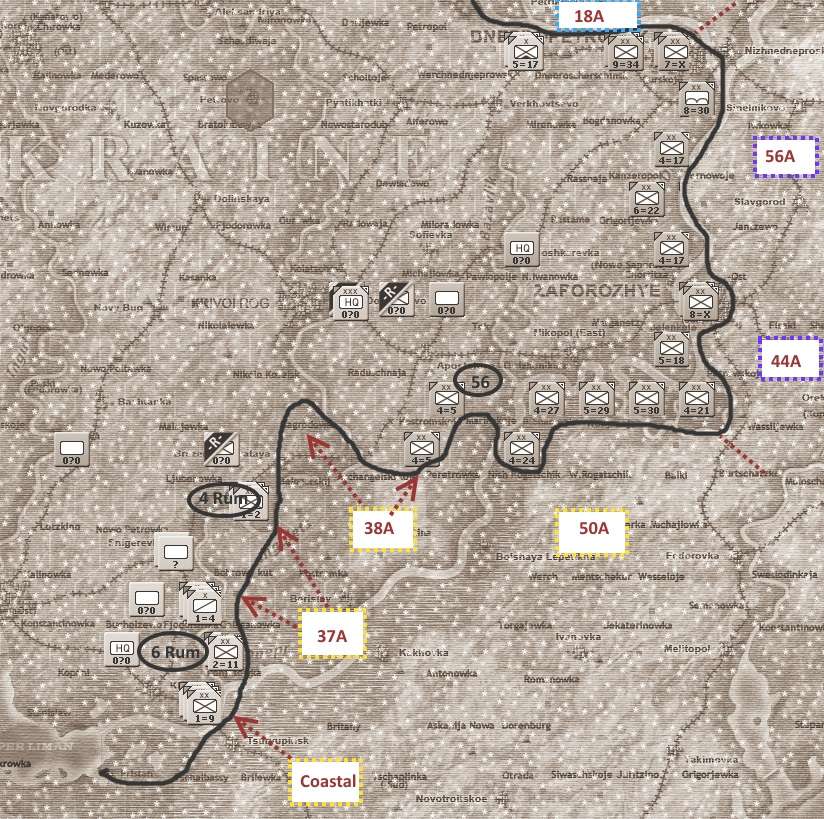

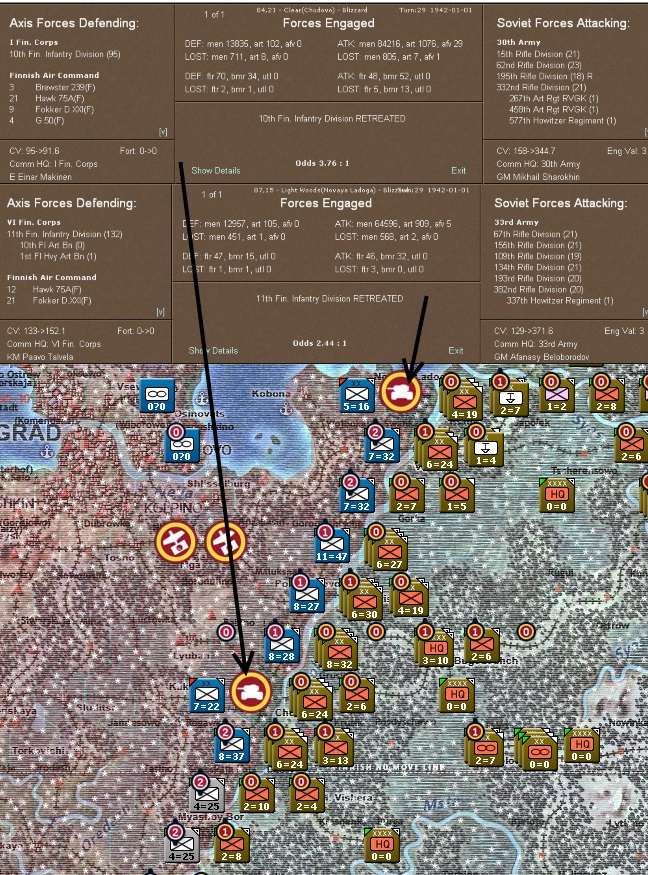
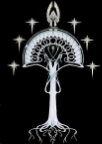
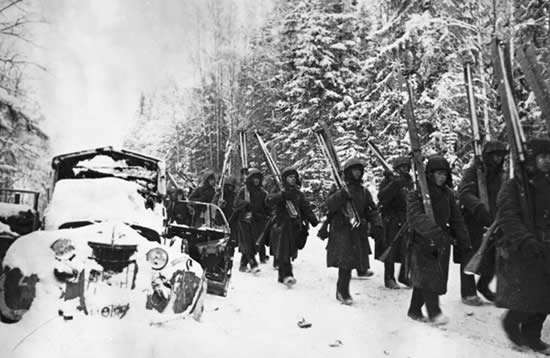
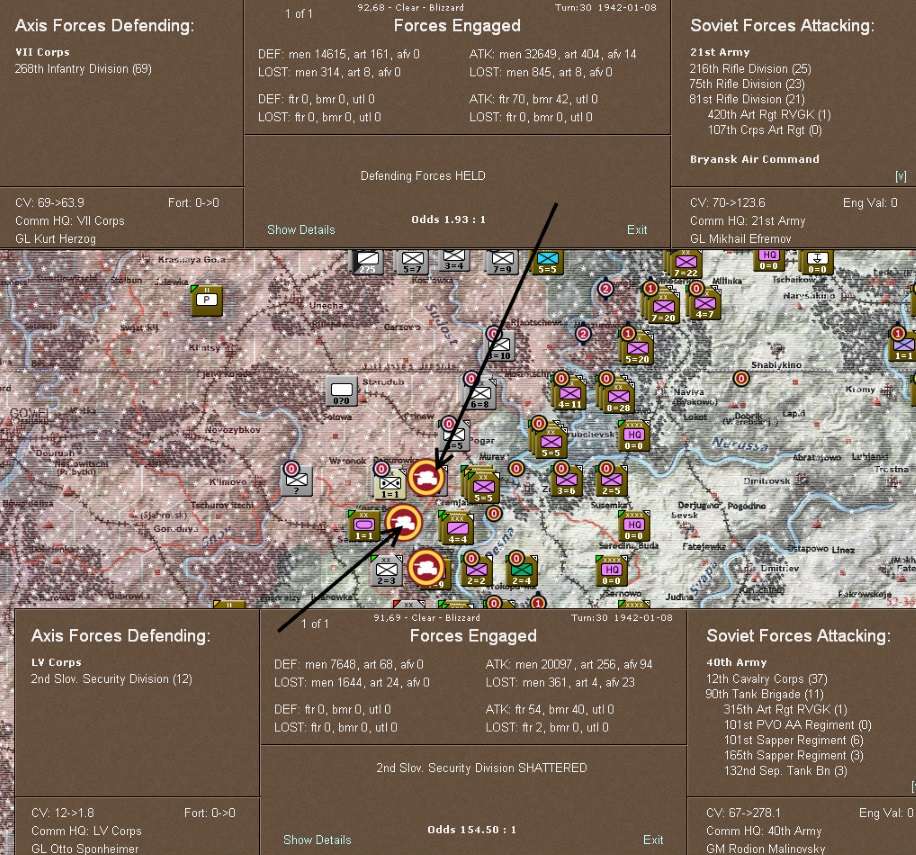
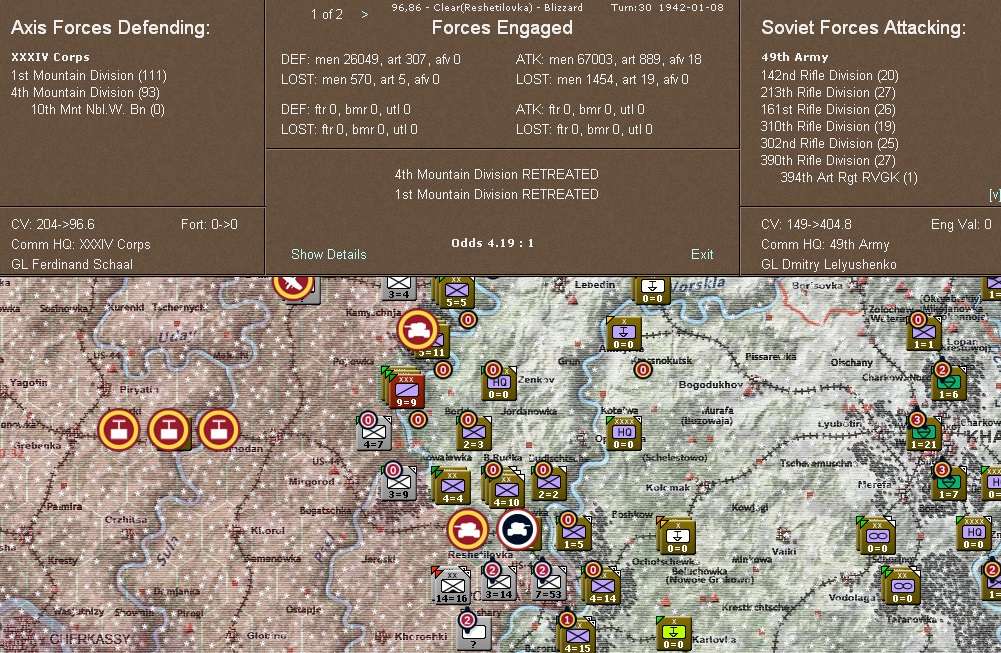
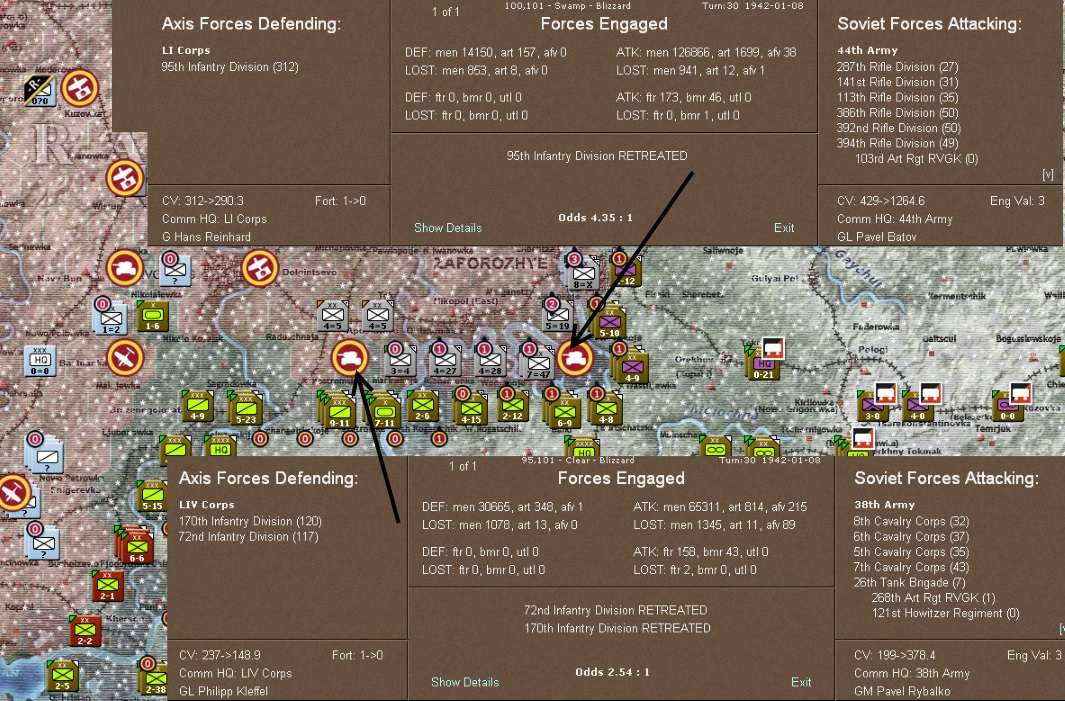
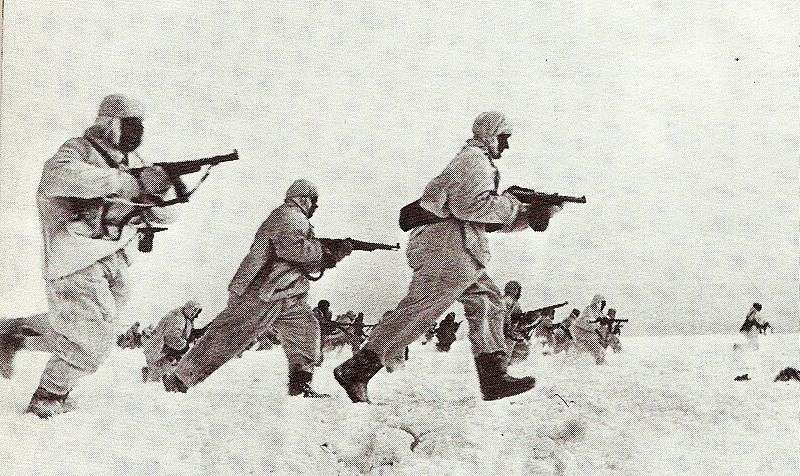
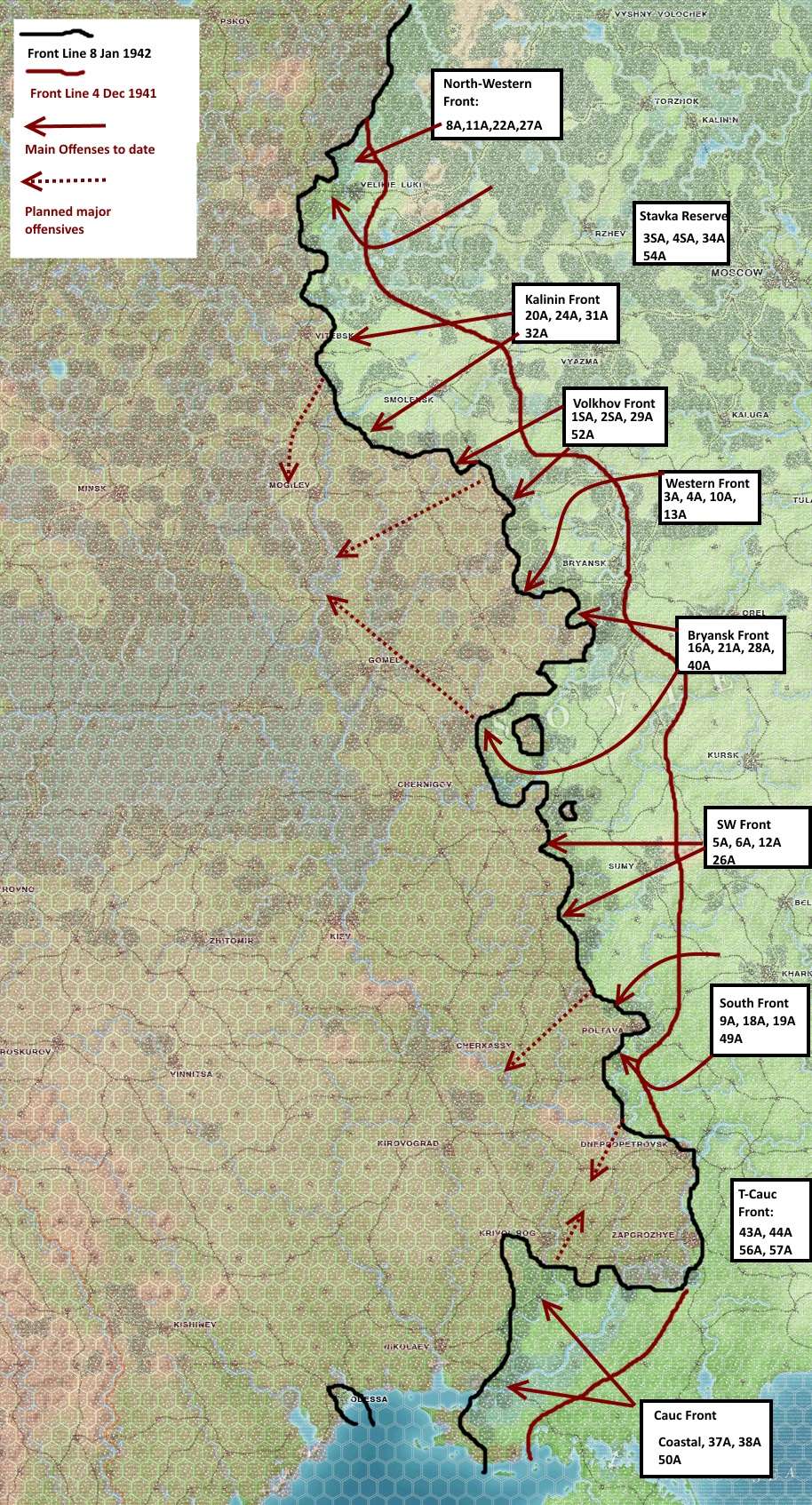
 , but I'm afraid Stavka might be a bit too optimistic.
, but I'm afraid Stavka might be a bit too optimistic. 
 New Messages
New Messages No New Messages
No New Messages Hot Topic w/ New Messages
Hot Topic w/ New Messages Hot Topic w/o New Messages
Hot Topic w/o New Messages Locked w/ New Messages
Locked w/ New Messages Locked w/o New Messages
Locked w/o New Messages Post New Thread
Post New Thread